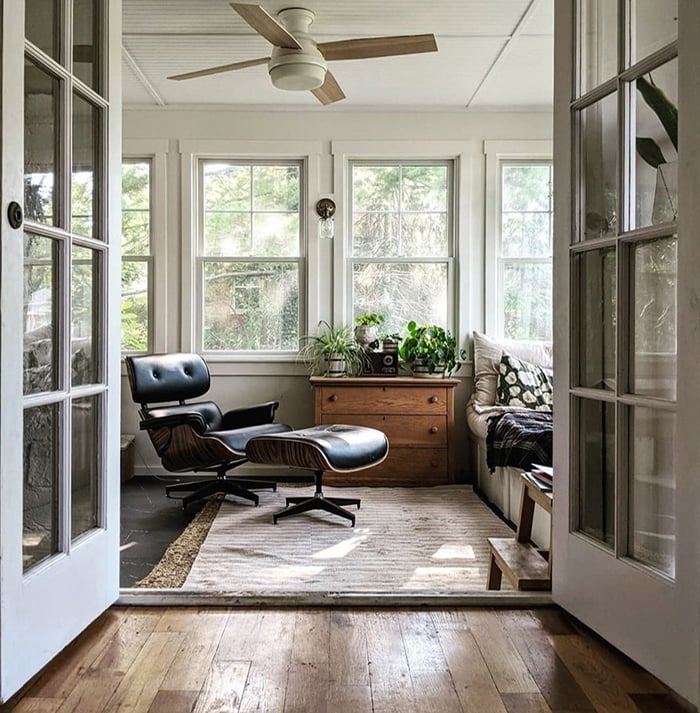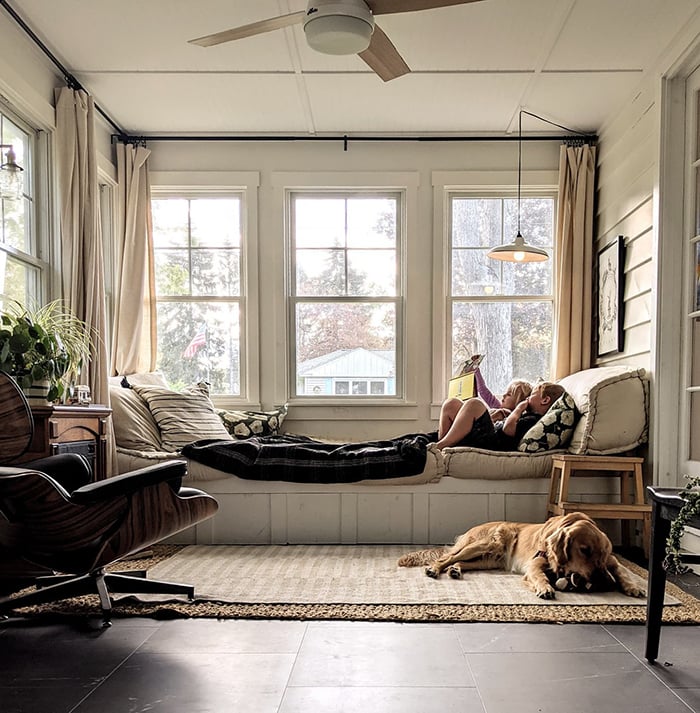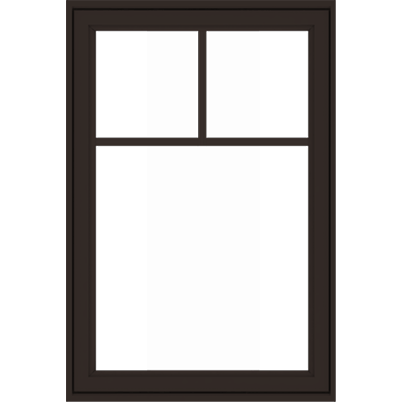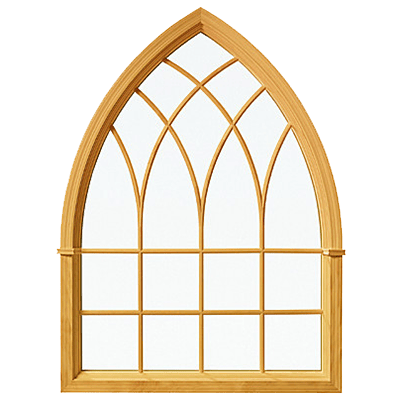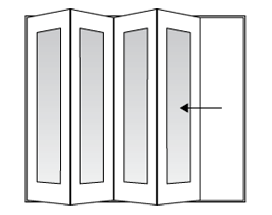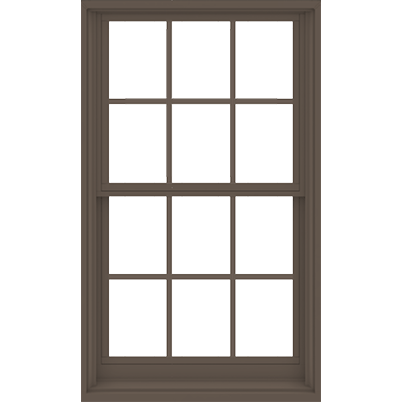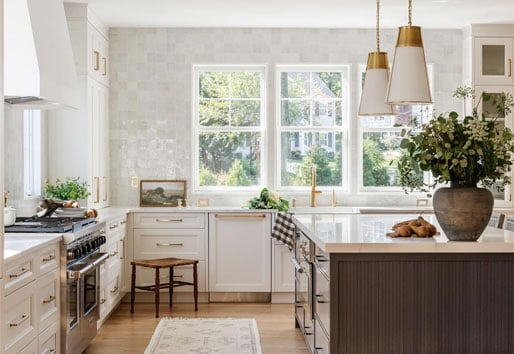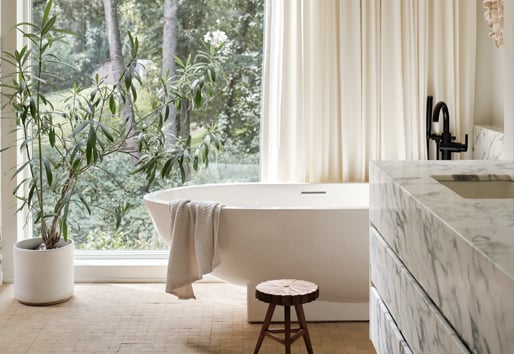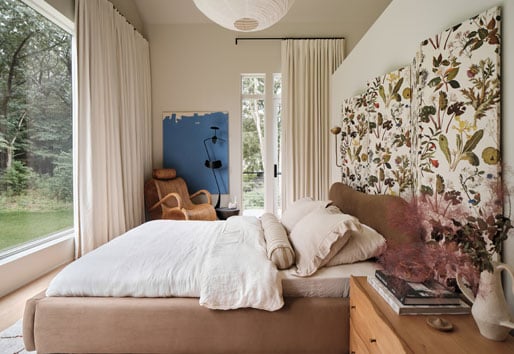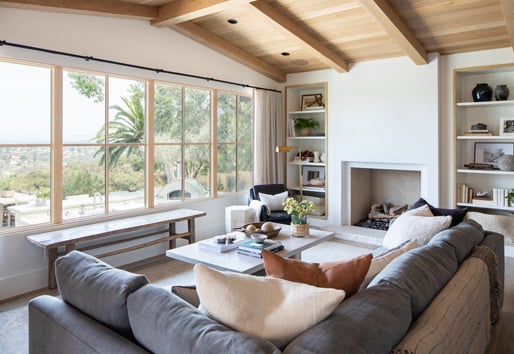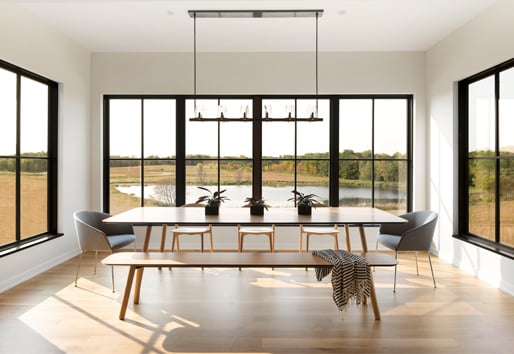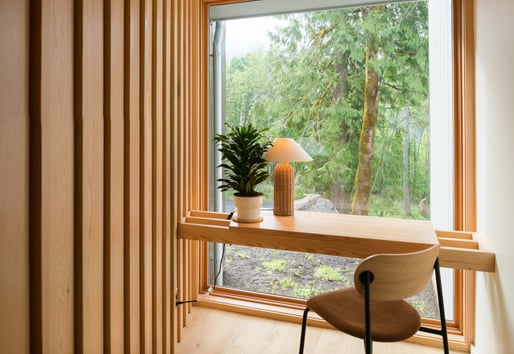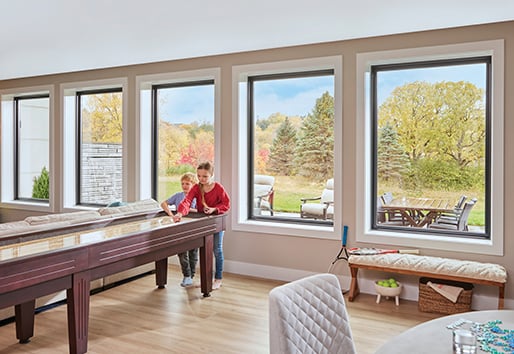Tips
How to pick out windows for a sunroom
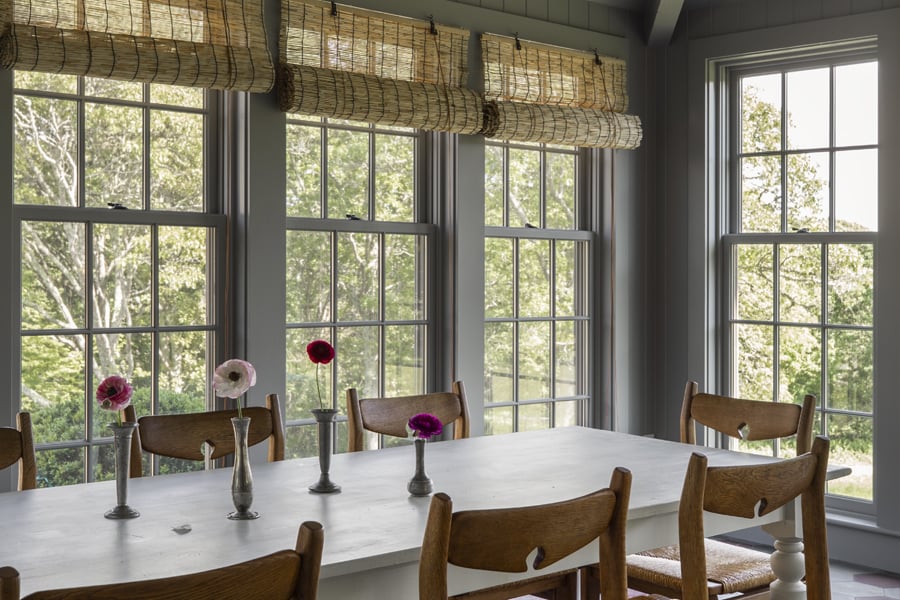
Which windows are best for a sunroom?
The best windows for a sunroom or porch will be windows that maximize the amount of natural light and fresh air while also balancing energy efficiency. Of course, you could say this for any room, but porches, with their many windows, offer more opportunity and more risk. The opportunity they offer is to serve their original purpose of helping the house “breathe” fresh air. They also present a major opportunity to bring more natural light into the home. At the same time, if the windows don’t perform well, the house may run less efficiently, which can lead to discomfort and higher energy bills. We’ll explain more about how to pick out windows that balance these considerations, but if you’re looking for a quick answer, joined casement windows can be an excellent choice for a sunroom. To find out why and to better understand sunroom window options — read on!
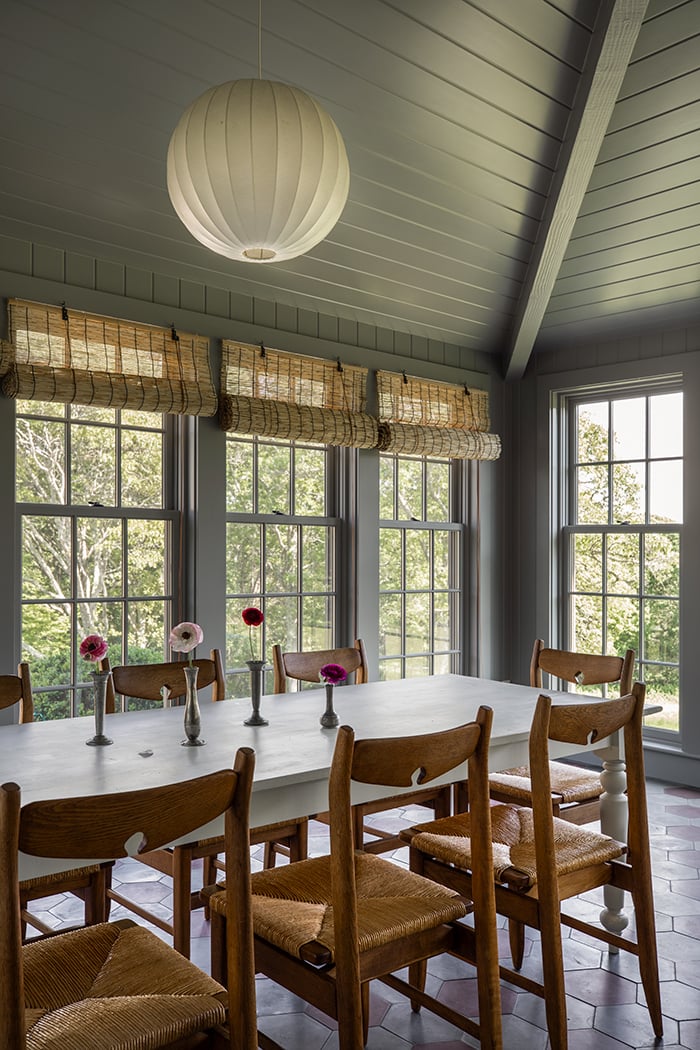
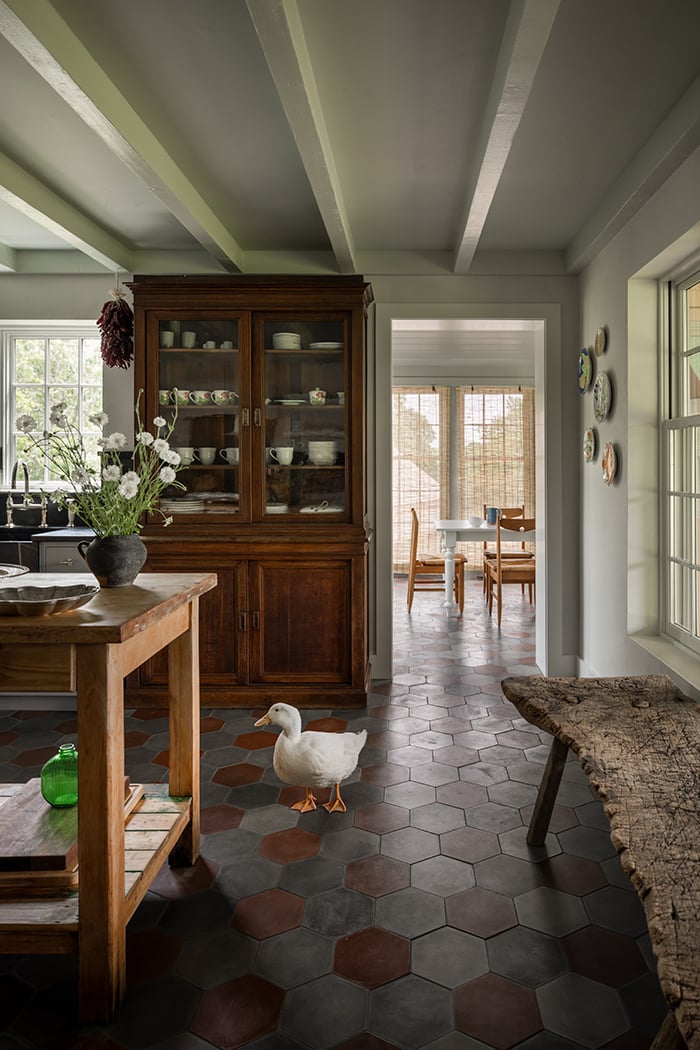
The sunroom in this country house is just off the kitchen where it makes an inviting dining room with its bucolic views and abundance of natural light.
What are the benefits of joined windows for a sunroom?
What to know about selecting joined windows for your sunroom
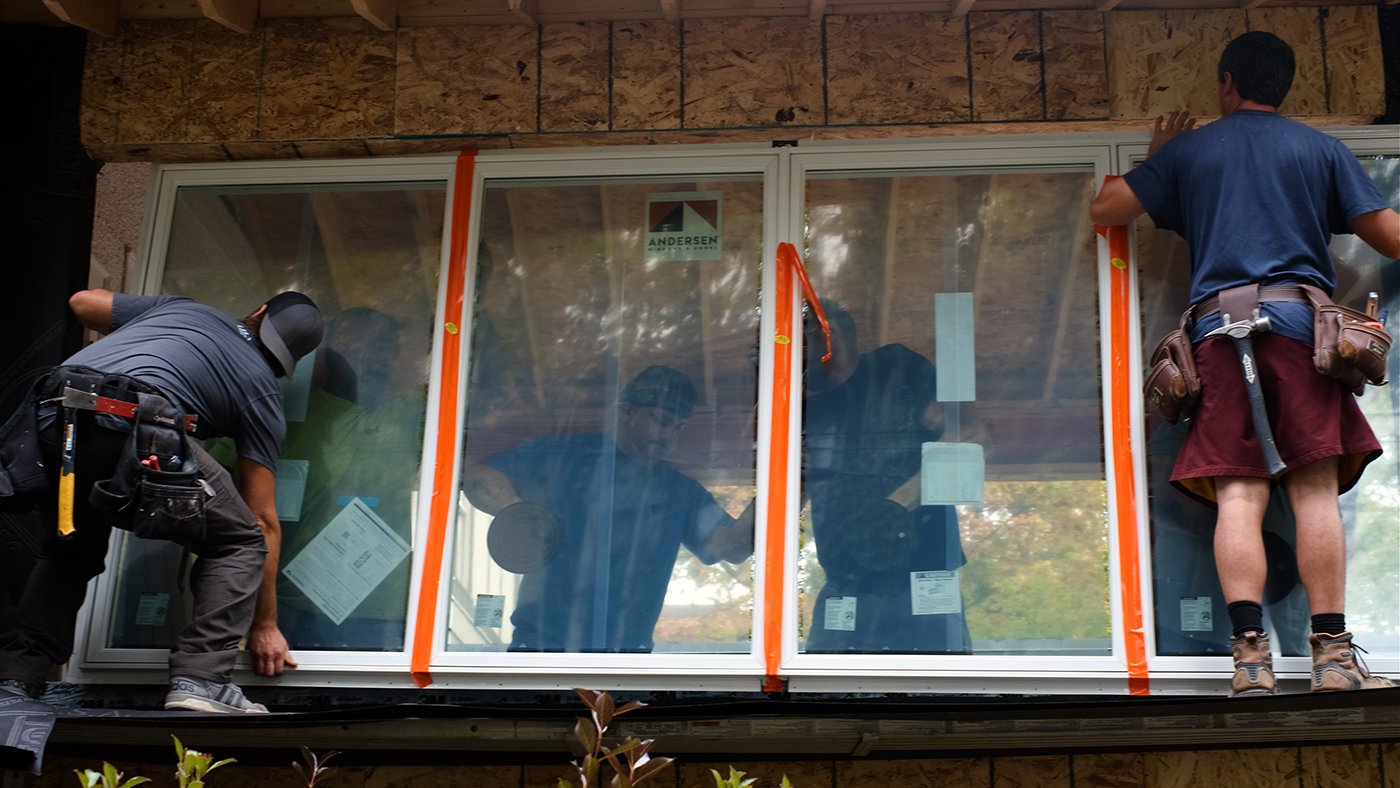
How to pick out energy-efficient windows for a sunroom
Glass options like dual-pane and low-emissivity (Low-E) coatings will help your windows perform more efficiently. Both are standard with our windows. Dual-pane glass consists of two sheets of glass with an air space in between and is more insulating than single-pane glass, which you might have in your sunroom windows, if yours is an older home. A Low-E coating, like our Low-E4® glass, can help your home keep heat in during winter and out during summer. While Low-E4 glass is a great option in most climates, it’s not the only option. There are a number of different Low-E glass options designed to suit different climates. In addition to these options, there are other choices you can make to improve the energy efficiency of your windows. Here’s what you should be aware of:
- Triple-pane glass: Even more insulating than dual-pane glass, triple-pane glass has three sheets of glass and two air pockets. This makes it a great option in northern climates. It’s available with our A-Series, and E-Series windows.
- Casement windows: The design of this window makes it more efficient than other types of windows. It seals tighter when the window blows against it and has only one sash (the glass and framing around), meaning there’s less chance for air leakage. Awning windows are similarly efficient. But the most efficient of all window types is the picture window, which doesn’t open (called fixed). And while you probably don’t want to fill your entire sunroom with picture windows, since this would prevent you from enjoying fresh air, strategic inclusion could help the space be more energy efficient.
- No grilles: Grilles can lead to more energy loss because they touch both sides of the glass and help conduct energy in that way. If your home has a very traditional style that grilles would complement, there is a grille option that’s more efficient – a full divided light grille with energy spacer. This option is like a traditional grille (bars inside, outside, and between the glass) but the energy spacer prevents the part in between from making contact with the glass, resulting in improved efficiency. The energy spacer option is available on all our windows that have full divided light grilles.
- SmartSun™ glass: This Low-E glass option provides the benefits of Low-E4 glass while also providing added protection from the sun. As the name implies, lots of sunrooms tend to face south, so they have a lot of direct exposure. SmartSun glass can help reduce fading in furnishing and textiles as it filters out 95% of harmful UV rays.
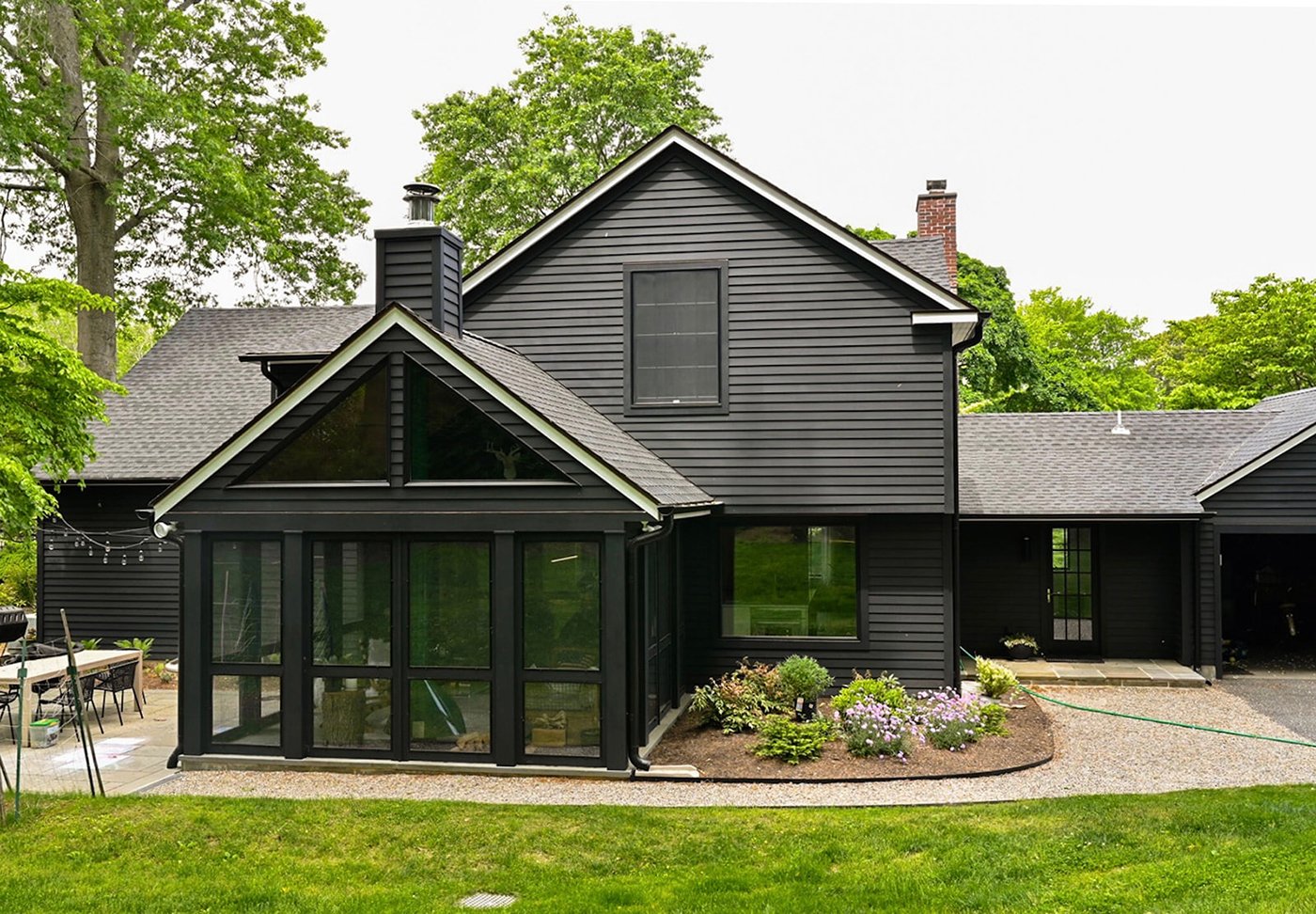
Tips for choosing a sunroom door
We’ve said it before, and we’ll say it again: Sometimes the best window is a door. What we mean by that is that a door can take the place of several windows, create an effect similar to floor-to-ceiling windows, and potentially offer cost savings as one product can take the place of several. There are a couple of places where doors play a prominent role in a sunroom.
One is obvious: the connection between the sunroom and the outdoors. But there’s another place where you might want to think carefully about a door’s potential, and that is where the sunroom attaches to the home. Since sunrooms are attached to a home’s outer perimeter, they can funnel more natural light into the whole home. This is why we sometimes see the opening between the home and sunroom widened during remodels. Here are three doors that we love in a sunroom:
- Bi-parting gliding patio door: Opening from the center, this type of door includes four total panels, two that operate and two that don’t (called stationary). This door is a nice way to add lots of glass while still economizing on space, since the gliding opening is flush with the wall. A door like this could potentially replace one wall of a sunroom offering outdoor access, fresh air, and natural light in one go. It would work just as well as the opening between the sunroom and the home. And if you select an A-Series patio door, it can be up to 10 feet high.
- Folding Outswing Door: This bi-folding door is made up of panels that accordion together and fold to one side to maximize the clear opening and allow you to combine spaces. It could be used to form a sunroom wall, or even two, since it can wrap around a corner, or you could use it to widen the opening between your home and sunroom. It also works well in a remodel because it runs along a single track and doesn’t require an extra thick wall, as some oversized patio doors do.
- MultiGlide™ Door: This oversized patio door combines multiple panels that stack to one side when open or recess into the wall (called pocketing) to create an unobstructed opening. We love how this door can expand the opening between a home and sunroom or porch. If your space is three-season, this door will still work great because, despite its size, it’s still equipped to perform well in all climates, including cold ones.
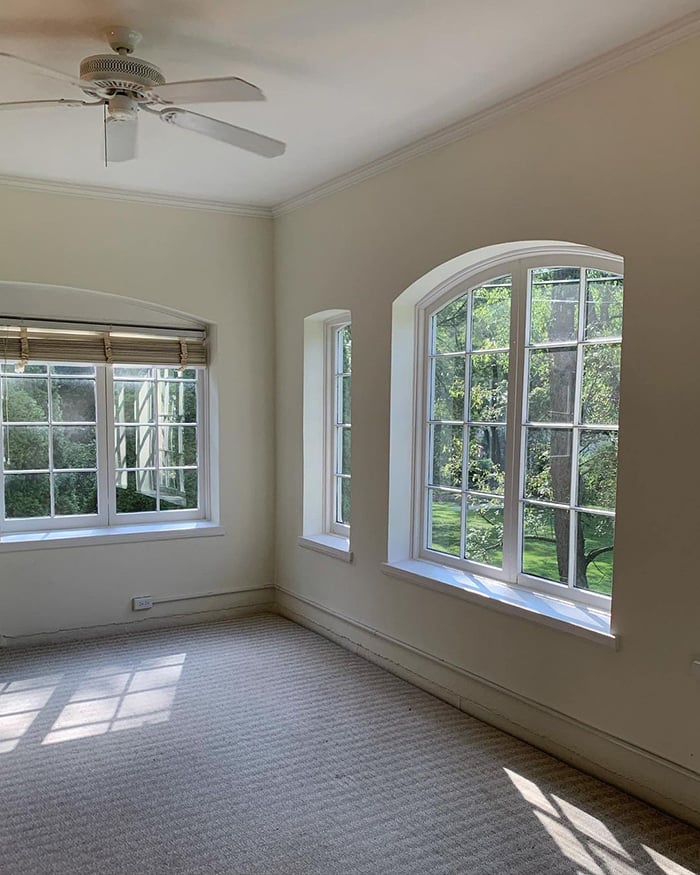
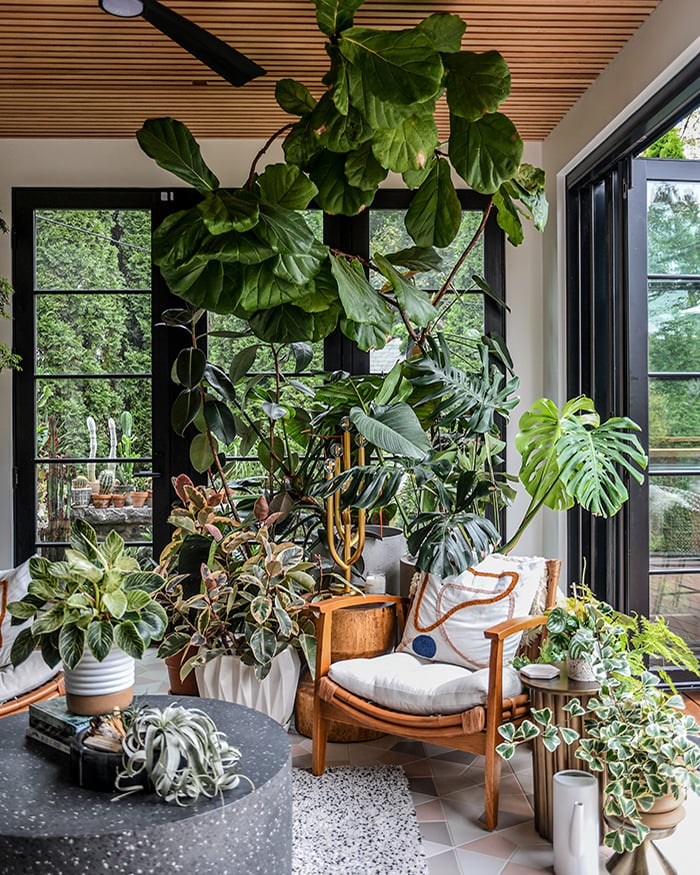
What are the best windows for a sunroom remodel?
If you’re looking for windows to use in a sunroom or porch remodel, the right windows will depend on your project. For example, if you’re turning a screened-in porch into a sunroom, your contractor might be rebuilding the walls to add framing and installation. In that case, you have a lot of freedom in your window choices because you’re essentially building new.
On the other hand, if you are replacing old single-hung windows in a three-season porch, you might need to look for windows that fit your existing rough opening. Whatever your scenario, we have windows that will work, and the guidance above still applies. If you’re looking for a place to start, here are some ideas:
- Modern-style sunroom: For a look that’s sleek and clean, consider joined units combining picture and awning windows. These two types of windows are commonly paired to frame sweeping views, let through an abundance of light, and usher in lots of fresh air — since awning windows are operable.
- Traditional-style sunroom: For a more classic look, you can’t go wrong with double-hung windows, especially because they open in two places. Though many people don’t realize it, you can also open a double-hung window by sliding down the top sash.
